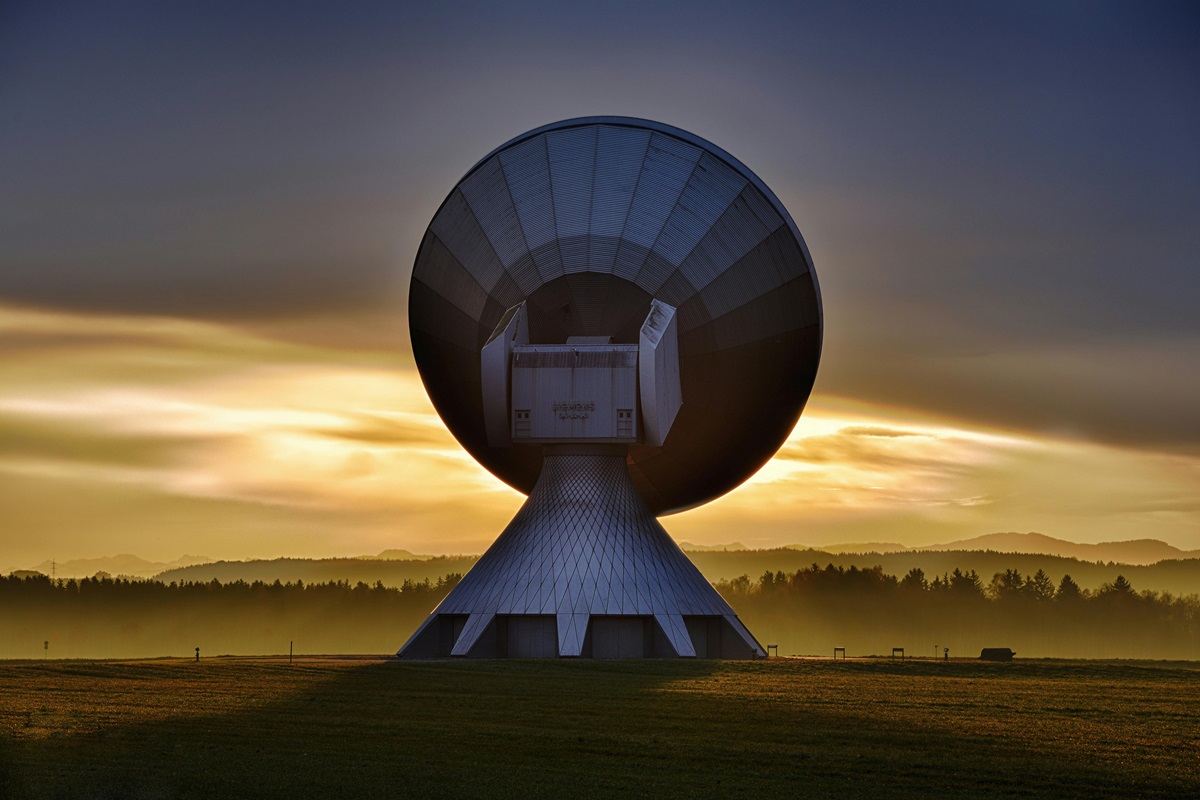The satellite communications industry has experienced remarkable growth over the past few decades. This sector plays a critical role in global connectivity, enabling everything from international phone calls to internet access in remote areas. As technology advances, the landscape of satellite communications continues to evolve. That evolution presents new opportunities and challenges for businesses. Understanding these dynamics can help organizations navigate this complex field effectively.
Understanding Market Dynamics
The satellite communications market is characterized by rapid technological advancements and increasing demand for reliable connectivity. Companies need to stay ahead of these changes to remain competitive. One major trend is the miniaturization of satellite technology, which allows for more affordable and accessible solutions. Additionally, the rise of low earth orbit (LEO) satellites has revolutionized the industry by providing faster and more reliable connections. Businesses must consider these factors when planning their strategies to leverage satellite communications effectively. The competitive landscape also sees new entrants challenging established players, driving further innovation. Understanding customer needs and preferences is essential for tailoring services and staying relevant in the market.
Innovative Applications of Satellite Technology
The spacial satellite communication industry offers numerous innovative applications that enhance various sectors. In agriculture, satellite imagery helps monitor crop health and optimize yields. In the transportation sector, satellite-based navigation systems improve route efficiency and safety. Additionally, satellites play a vital role in disaster management by providing real-time data to aid in emergency response. Exploring these applications can inspire businesses to find creative ways to utilize satellite technology for improved operations and services. In healthcare, remote areas benefit from telemedicine services enabled by satellite connections, ensuring access to medical care. Environmental monitoring also relies heavily on satellites to track changes and provide data for climate research.
Regulatory Considerations
Navigating the regulatory landscape is crucial for success in the satellite communications industry. Regulations vary significantly across different regions, affecting how companies can deploy and operate their satellite systems. Compliance with these regulations ensures that businesses avoid legal issues and maintain their operational licenses. Staying informed about international policies and collaborating with regulatory bodies can help companies navigate these complexities effectively. Understanding and adhering to these regulations is essential for maintaining a competitive edge and fostering innovation within the industry. Additionally, regulatory changes can impact market dynamics, requiring businesses to adapt quickly. Proactive engagement with policymakers can also influence
favorable regulatory outcomes, supporting industry growth. Regularly attending industry conferences and joining relevant professional associations can help businesses stay updated on regulatory changes while networking with key stakeholders.
Emerging Trends and Future Outlook
Several emerging trends are shaping the future of the satellite communications market. One key trend is the increasing integration of artificial intelligence (AI) and machine learning into satellite operations. These technologies enhance data processing capabilities, leading to more efficient and accurate communications. Another trend is the development of 5G networks, which are expected to rely heavily on satellite infrastructure for widespread coverage. Companies should keep an eye on these trends to identify potential opportunities for growth and innovation. The commercialization of space and the rise of private space companies are also driving significant changes. As costs decrease, more businesses can enter the market, fostering competition and technological advancement.
Building Strategic Partnerships
Strategic partnerships are essential for thriving in the satellite communications industry. Collaborating with technology providers, regulatory bodies, and other stakeholders can help businesses access new resources and expertise. These partnerships can also facilitate the sharing of critical data and insights, leading to more informed decision-making. By fostering strong relationships with key partners, companies can enhance their capabilities and stay competitive in a rapidly evolving market. Strategic alliances provide a platform for innovation and growth, driving the industry forward. Joint ventures and collaborations can also reduce costs and risks associated with satellite launches and operations. Additionally, partnerships with educational institutions can spur research and development, fueling future advancements in the field.
Conclusion
The satellite communications world is vast and ever-changing. Embracing new technologies and innovative applications opens up endless possibilities for businesses. Staying ahead means understanding market dynamics and navigating complex regulations, and strategic partnerships can propel a company to new heights. The future of satellite communications promises exciting advancements. The sky is truly the limit!

